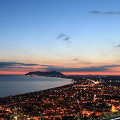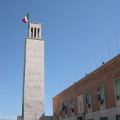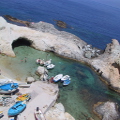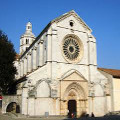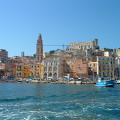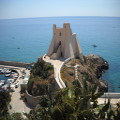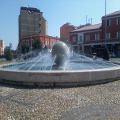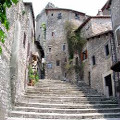Nearby the coast are the Pontine Islands. Ships and ferries are available in the harbours of Formia, Terracina and S. Felice Circeo. The archipelago is composed by two groups of islands, different one by the other for their location, morphology and size: Ponza, Palmarola, Zannone and Gavi are part of the North - Western group; and Ventotene and the small island of S. Stefano are part of the South -eastern group
The two main islands, Ponza e Ventotene, are sisters, but they are not twins: the cliffs of Ponza are very coloured and patchy; Ventotene is instead characterized by pleasant dark rocks. During Roman Age, the two islands had the same sad destiny to become a place of exile. During Borbon era, free citizens settled there, and during Fascism they became again a prison
PONZA: Colours, hues and nuances... the suggestion of the sea, the rocks and the houses. You are in Ponza, the first Island of the Pontine Archipelago! The main feature of this Island is beauty, but you can easily find a lot historical traces: Pilato's grottoes, admirable work of engineering in the sea. Trekking lovers can have a pleasant walk on Monte Guardia to discover the very ancient necropolis. People who has just visited Ponza in the past could discover Palmarola Island, so fascinating and wild, or Zannone Island, characterized by unspoilt nature and also sea site of Circeo National Park.
VENTOTENE: The Island that "takes the wind" can be visited entirely by foot thanks to its limited size, offering a profuse view of the beach and the sea all around. In spite of its size, there are a lot of places to visit: the residence in which Giulia, Emperor Augustus' daughter, lived in exile; a museum that collects the historical ruins of the Island for an educational tour; a sink where people collected water during Roman Age that is called Prisoners' sink. It is also possible to get a boat and reach the near S. Stefano Island, where are the famous Bourbon's Prisons or just have a circumnavigation of the Island from Punta Eolo to Punta Arco.

